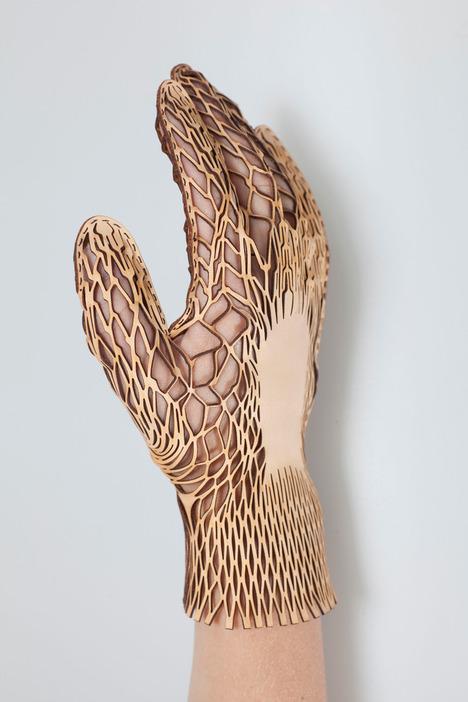Generative 3D Design Is Creating a Production Revolution
October 28, 2015

Major changes in design and production are bubbling below the surface of traditional product development processes. The changes are prompted by technology advances and social networking. The maker movement is at the raw edge of these changes, but these advancements are starting to spill into product design and development at entrepreneurial small- to mid-size companies.

Sachlene Singh, technology evangelist at Autodesk, explained these changes in a session at Design & Manufacturing Texas, a Design News event held in Houston earlier this month. The session, "Advancements in 3D Design Software and Open Source to Improve the Pre-Development Phase," came with a gobbledygook title, but it actually spelled in very clear terms a quiet revolution in design and production. "The means of production are changing," Singh told Design News. "The means of design as well as physical production are both changing."
The shift in design and production that Singh revealed includes 3D design software, 3D printing, social network sites such as Kickstarter, and the software behind generative design. Generative design is a method of design in which software creates a product based on a set of rules or an algorithm. "In building a product, you're capturing requirements," explained Singh. "What temperature does it need to withstand? How big does it need to be? How strong? You capture the requirement before you design the product. From those requirements, you begin the design." She noted that the computer will tell you what the product should look like and what material it should be made from.
READ MORE ARTICLES ON 3D DESIGN:
You move from functional requirements, such as the product needing to sustain a particular load, and then you add the environment in which the product needs to work. "That gets you into generative modeling," said Singh. "You tell the computer how you need the design to function, and then you let the computer create the design. You don't need any drafting skills."
According to Singh, the design will tell you how to manufacture the product." We told the computer the product needs to carry a certain load. And it had to attach to a wall," said Singh. "The computer comes back with a simulated 3D design." She noted that the new processes do not mean the end of traditional design. "We're seeing a convergence of art and manufacturing. Generative design has a component of manufacturability already in it."
As Many Changes as You Wish
The new design process is revision friendly, according to Singh. She notes that now products often go through multiple revisions, with design changes affecting form, shape, materials, and manufacturing. "We go back to the drawing board and we redesign and redesign," said Singh. "You tell your design what functional aspects you need and it tells you what it needs to look like and it offers options for the user. The user requirement is always present."
Attention to user requirements is one of the predominant factors in new design and manufacturing processes. "As you bring a product to market, the customer expectations are always changing," said Singh. "People will spend more money for ear buds that are specifically designed for your ears and custom created on the spot."
Loving the Collaboration
Singh noted another change in the design process - willing collaboration. "People like to work in teams; they like to collaborate," said Singh. "We're seeing growth in the sharing of ideas and processes." Accommodating collaboration in the design process has meant altering the design tools. "CAD is anti-collaborative; yet people want to make accessible what they're working on," said Singh. "So we're seeing CAD find its way into the cloud for sharing. People want to be more connected and we're building tools to support that."
Singh believes these new forms of design and production will become the norm in coming years. "This is what the future looks like," said Singh. "The CAD tools need to be integrated into the manufacturing process. It should no longer be so difficult to move from design to production."

Design News will be in Minneapolis and Orlando in November! Design & Manufacturing Minneapolis will take place Nov. 4-5, while Design & Manufacturing South will be in Orlando Nov. 18-19. Get up close with the latest design and manufacturing technologies, meet qualified suppliers for your applications, and expand your network. Learn from experts at educational conferences and specialty events. Register today for our premier industry showcases in Minneapolis and Orlando
Rob Spiegel has covered automation and control for 15 years, 12 of them for Design News. Other topics he has covered include supply chain technology, alternative energy, and cyber security. For 10 years he was owner and publisher of the food magazine Chile Pepper.
About the Author(s)
You May Also Like





